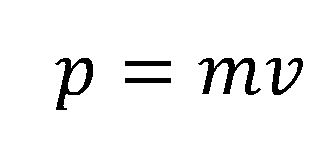When 2 waves are in phase phase with each other (the peaks and troughs coincide with each other the effect for the resultant wave is additive. The example on the left shows the 2 waves which oscillate at 2 units form the central point at the same time. When they are superposed, the resultant line is 4 units from the central point.
When the waves are out of phase, the lines above and below cancel out. This is because the blue wave is at +2 position (above the line) at the peak and the corresponding brown wave is at the -2 position (below the line)
Basically the resultant wave is a bit like a vector sum using the distance from the central point from which it oscillates. The first time that the resultant red wave crosses the horizontal line marked x, the 2 component waves (blue and grey) can be seen to be equal distances above and below the line.
In some cases more complex wave forms can be produced by 2 component waves.
Most sounds are not simple. They are often mixtures of 2 or more "pure sounds" which provide make tones. 2 tones combined will produce a beat. This is where there is a noticeable change in volume which will make a waahaaw- waahaaw type of sound. Beat frequency is calculated by:
A beat wave pattern is shown below.
For some use of beats in phone tones try this page.
Many musical instruments produce complex sounds rather than simple pure note. As a result the wave form is quite sophisticated

















